THE JOURNAL
JOURNAL ISSUES
Our issues can be accessed here at Project MUSE. Published semiannually, American Religion offers a forum for intellectual and creative engagement with religion in the Americas. As the journal explores the boundaries of both “America” and “religion,” and ways in which the two intersect, the journal’s broader intervention in the publishing landscape takes exception to more standard historical conceptions of “American religion” as denominational history, surveys of religious diversity, and other dimensions related to “church history” and its adjunct cultural productions. Each issue will feature a review essay and a series of shorter reviews of important emerging work. The review section will focus on academic book titles but also remain open to consideration of other important cultural landmarks, including works of literature, music, video, performing art, theater, food, and technology. The journal will also expand into more experimental modes of expression—one for poetry, fiction, and creative non-fiction—which will run in the print edition, and an online platform that will serve as a host to innovate digital scholarship in the field.
For submissions: The journal will review submissions with any appropriate citation style. If accepted for publication, the author will then use Chicago Manual of Style as the citation style. All manuscripts accepted are subject to editorial modification. More information can be found at the Submissions portal below.
The Editors welcome submissions on any aspect of religion in the Americas—especially interdisciplinary work that focuses on religion’s social and cultural dimensions. We also encourage submissions whose scope pushes beyond the United States to account for Latin America, the Caribbean, and Canada.
The Editors also accept works of poetry, fiction, creative nonfiction, and the visual arts through our Duosuma submissions portal. We issue open calls on Duosuma once in late spring and once in the fall.

Journal Supplements
Journal supplements are essays and articles that are associated with the print journal and made available for the wider public. These include academic fora and roundtables as well as creative work like poetry and photography, syllabi, and other resources.











